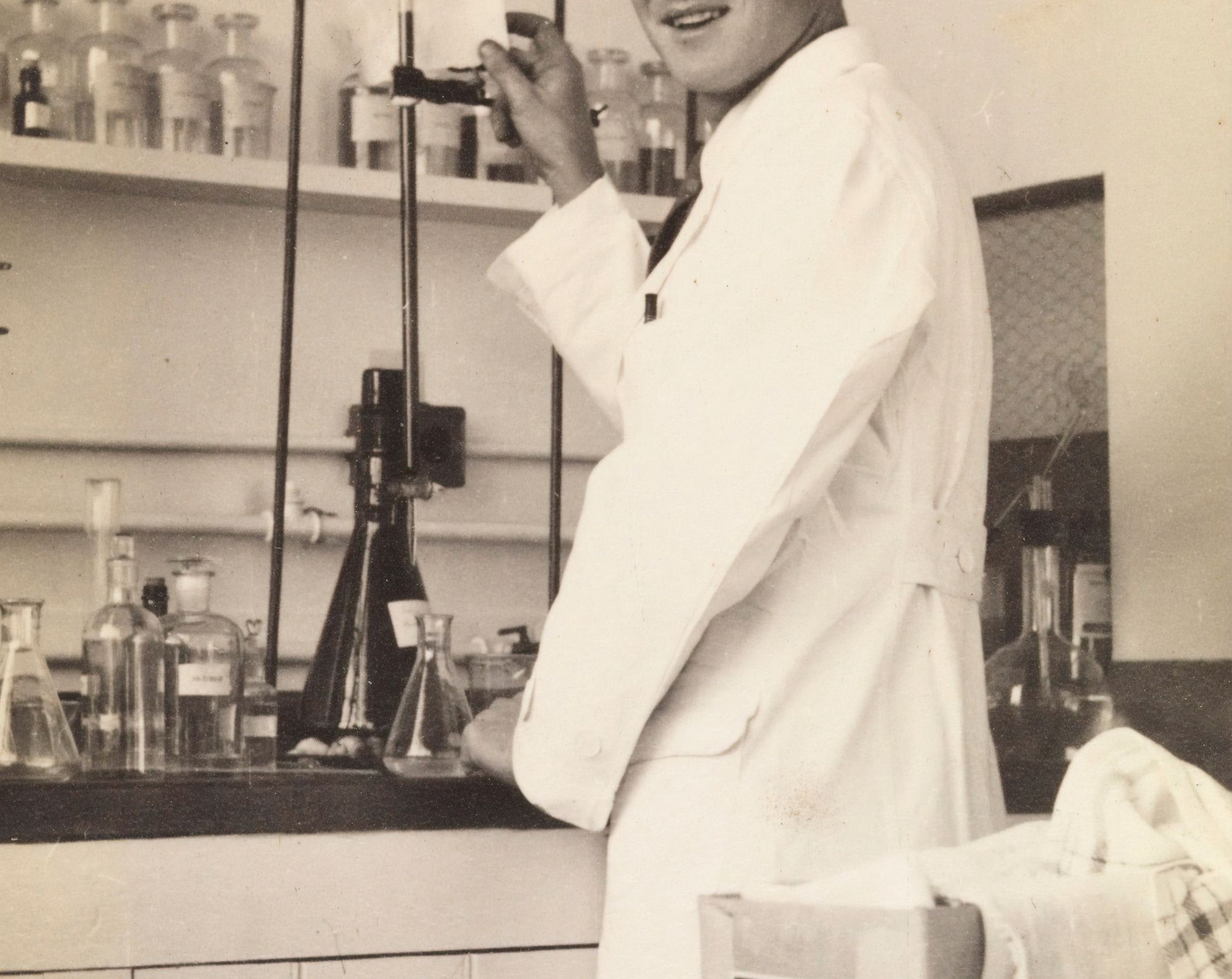Welcome to Afterglow, a newsletter that will change your mind. My name is Charles Bliss and I'm a psychedelic journalist from Norwich, UK.
In our inaugural issue, we are celebrating Bicycle Day. Saddle up and let's go for a ride.

In December 1938, Otto Hahn, Lise Meitner and Fritz Strassmann discovered nuclear fission in their Berlin laboratory — a breakthrough with the potential to unleash unimaginable devastation on the world. Splitting uranium atoms would make the first atomic bomb possible.
Just one month earlier, a Swiss chemist in Basel had made an equally cataclysmic discovery, though he didn't know it yet. On 16 November 1938, Albert Hofmann synthesised lysergic acid diethylamide (LSD-25) for the first time while researching respiratory and circulatory stimulants. The drug was shelved after a round of animal testing determined the drug provided no medical benefit.
But as the Second World War metastasised across Europe and Asia, Hofmann was inspired to re-synthesise the drug, as recorded in his book, LSD: My Problem Child.
"A peculiar presentiment — the feeling that this substance could possess properties other than those established in the first investigations — induced me, five years after the first synthesis, to produce LSD-25 once again."
During this process Hofmann was interrupted in his work by "unusual sensations", having somehow absorbed the substance through his skin.
"If LSD-25 had indeed been the cause of this bizarre experience, then it must be a substance of extraordinary potency. There seemed to be only one way of getting to the bottom of this. I decided on a self-experiment."
Three days later, on 19 April 1943, Hofmann intentionally ingested 250 micrograms of LSD-25 diluted in water and embarked on the first ever acid trip, as detailed in his lab notes:
16:20: 0.5 cc of 1/2 promil aqueous solution of diethylamide tartrate orally = 0.25 mg tartrate. Taken diluted with about 10 cc water. Tasteless.
17:00: Beginning dizziness, feeling of anxiety, visual distortions, symptoms of paralysis, desire to laugh.
At this point, Hofmann's lab assistant Susi Ramstein accompanied him on a bicycle ride back to his house.
"Everything in my field of vision wavered and was distorted as if seen in a curved mirror. I also had the sensation of being unable to move from the spot. Nevertheless, my assistant later told me that we had travelled very rapidly."
Hofmann’s eureka moment and the six-kilometre bike journey has become a seminal moment in psychedelic folklore — an acid creation myth, the lysergic nativity scene — and is celebrated by the psychedelic community each year as the founding chapter of modern psychedelic culture and research.
Today, we are in the throes of a second wave of research into psychedelic compounds and psychedelic-assisted psychotherapy with the potential to treat conditions like anxiety, addiction, depression and post-traumatic stress disorder (PTSD) — and much of that we can trace back to the Swiss chemist and his self-experimentation on 19 April 1943.
Read more about Albert Hofmann's discovery by clicking the link below.
Happy Bicycle Day!
Charles Bliss

🤯 Mind at Large
A breakdown of mind-blowing ideas I encountered this week:
📖 Book – Realms of the Human Unconscious by Dr Stanislav Grof. I was turned on to this book via Robin Carhart-Harris's TEDx talk. The Czech psychiatrist Dr Stanislav Grof broke new ground in psychology with his decades of research into the novel experiences and expanded consciousness occasioned by LSD. Look out for a future post diving into Grof's fascinating work.
🎬 Series – Hamilton's Pharmacopeia by Hamilton Morris. I recently discovered this curious, enlightening and disorientating documentary series from VICE. It is a travelogue of internal and external states, where journalist and chemist Hamilton Morris tracks down the world's most exotic psychoactive compounds — and tries them out for himself.
🎵 Music – Like Exploding Stones by Kurt Vile. The master of the slow psych jam with a woozy and lilting new single, suitably illustrated by this lurid video.
"Psychedelics, used responsibly and with proper caution, would be for psychiatry what the microscope is for biology or the telescope is for astronomy."
Dr Stanislav Grof
🫠 Enjoying this newsletter?
Forward to a friend and let them know where they can subscribe.

